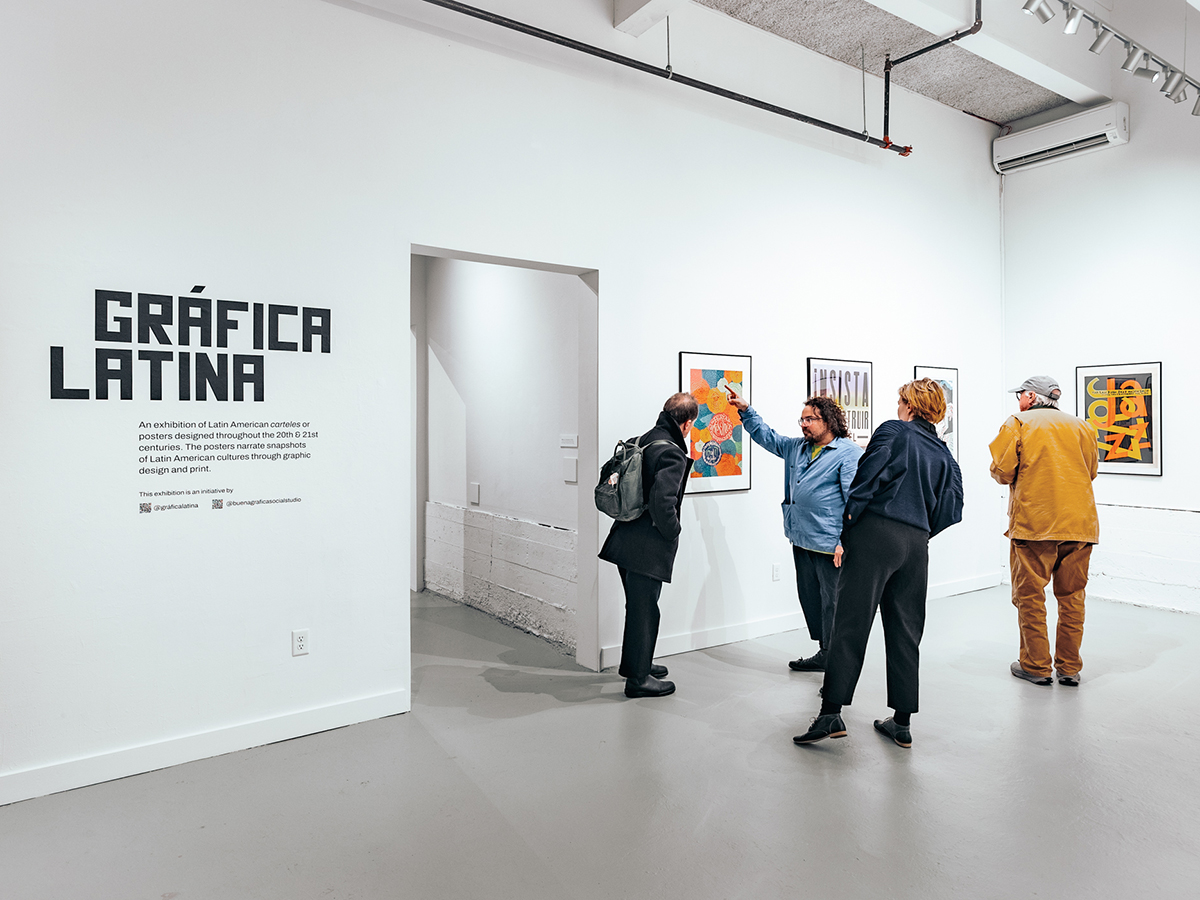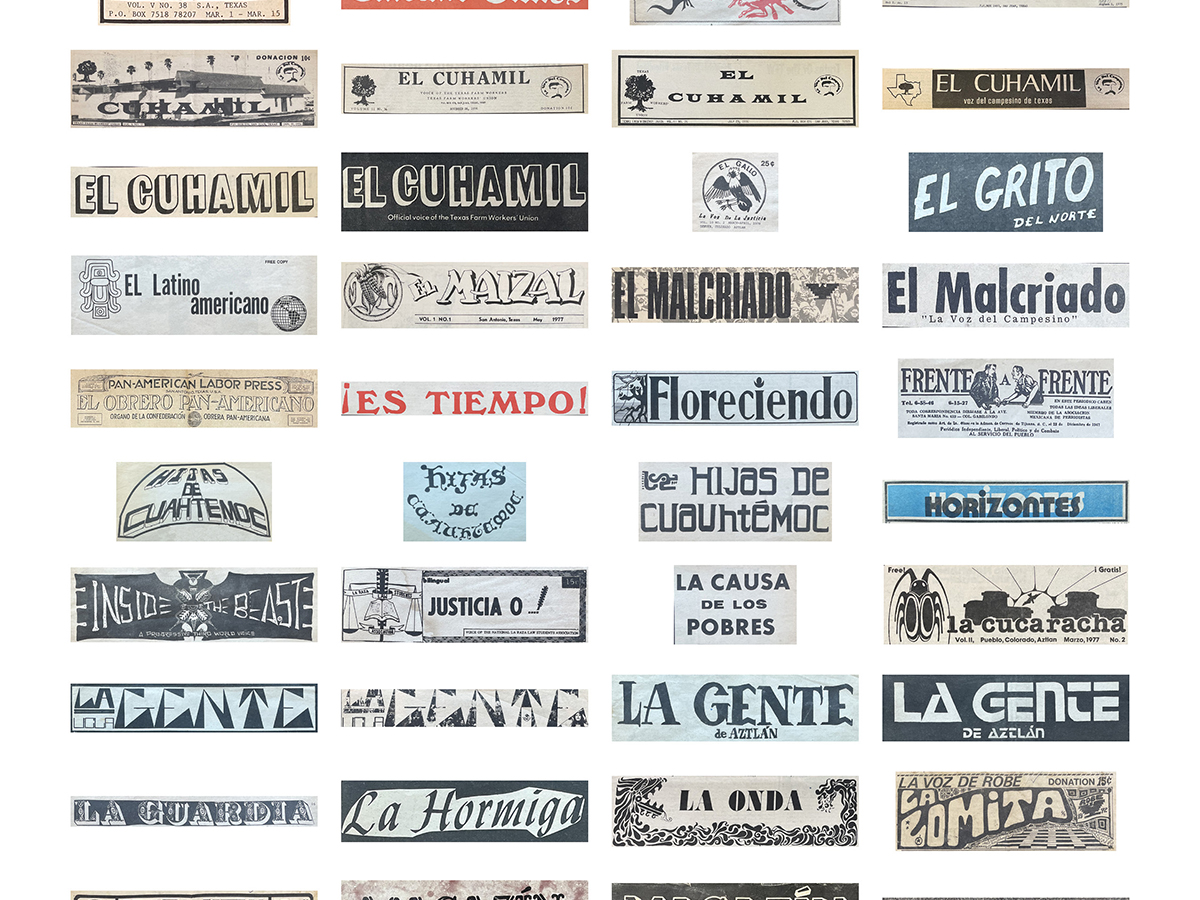José Menéndez
Assistant Professor
Northeastern University
Tatiana Gómez
Assistant Professor
Massachusetts College of Art and Design
As Latin American graphic design educators and practitioners, we recognize the need for further research and understanding of the diversity of graphic design histories and their contextual backgrounds—commonly addressed as a monolithic culture.[1]
Gráfica Latina is a research project that seeks to address these needs through a digital and mobile poster archive of Latin American and Latinx graphic design. The goal of the archive is to speak about the social, economic, and political contexts in which these posters were—or/and still are— created in countries such as Argentina, Chile, Uruguay, Perú, Brasil, Ecuador, Colombia, Venezuela, Mexico, Puerto Rico, Cuba, Dominican Republic, and the United States. The collection is curated to represent the diversity of printing techniques, vernacular languages, methods of representation (illustration, typography/calligraphy/lettering, and color), and messaging ranging from cultural to political, and environmental.
This project is led by Colombian graphic designer Tatiana Gómez, Assistant Professor of Graphic Design at the Massachusetts College of Art and Design, and Puerto Rican graphic designer José R. Menéndez, Assistant Professor of Graphic Design and Architecture at Northeastern University, College of Art Media and Design.
Gráfica Latina’s collection has been exhibited at The Fine Arts Work Center, at Rhode Island College’s School of Social Work, and at the 2024 Southern
Graphics Council International. It has been featured as part of the “Incomplete Latinx Stories of Diseño Gráfico,”[2] the Letterform Archive “Salon Series,”[3] The Boston Globe Magazine,[4] and the RISD Alumni Podcast “Pulling on the Thread.”[5]
This presentation about Gráfica Latina illustrates, through curation, pop-up exhibitions, programming, and a digital archive, initiatives that investigate the role of the graphic designer as curator and how this practice can facilitate resources for education, engagement and dialogs with communities while addressing topics such as identity and belonging, culture, social justice, empowerment, and civic responsibility.
[1] Flores, Andrea. How UCLA is trying to break the myth of the Latino monolith. Los Angeles Times. 11/6/2023. www.latimes.com
[2] Menéndez López, José R. “Caribbean Contrast: Puerto Rican and Cuban Carteles and Their Representation of Distinct Political Relationships with the United States .” Incomplete Latinx Stories of Diseño Gráfico. BIPOC Design History, 1 Oct. 2021, PROVIDENCE, RI.
[3] Llorente, Ana, and Menéndez López, José R. “Call and Response: Histories of Designing Protest.” Letterform Archive, Salon Series 39. Strikethrough: Typographic Messages of Protest, 23 July 2022, San Francisco, California.
[4] Gómez, Tatiana, and Menéndez López, José R. “Gráfica Latina.” Boston Globe Magazine, 17 September 2023, p. Cover-Interior Cover.
[5] Gómez Gaggero, Tatiana, Speaker; Menéndez, José R. Pulling on the Thread, Season 6, Episode 2: Grafica Latina, Rhode Island School of Design, November 1st, 2021, https://alumni.risd.edu/podcast/grafica-latina. 11/22.
This design research is presented at Design Incubation Colloquium 11.1: Boston University on Friday, October 25, 2024.

